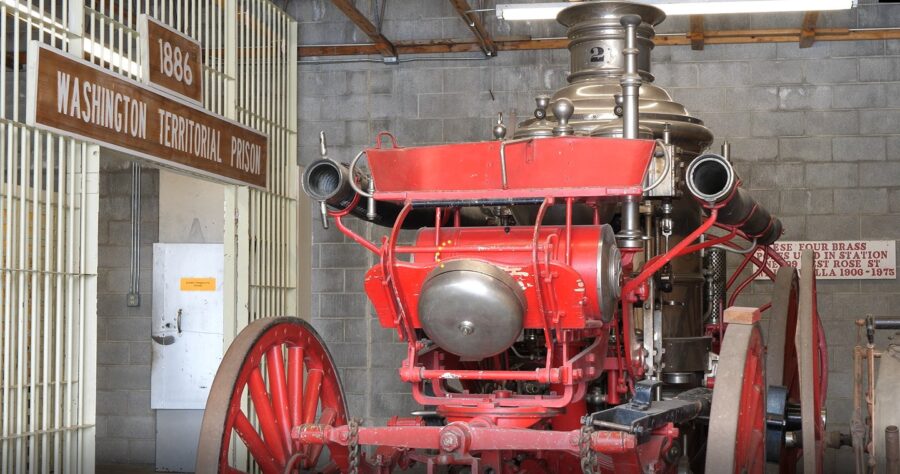by Vicki Hillhouse
For the most comprehensive exploration of Walla Walla’s history — from its pioneer days to its turn as the biggest city in the Washington Territory, and from its dawn as a military post to an agricultural hub — Fort Walla Walla Museum guides visitors on a journey through time and transformation.
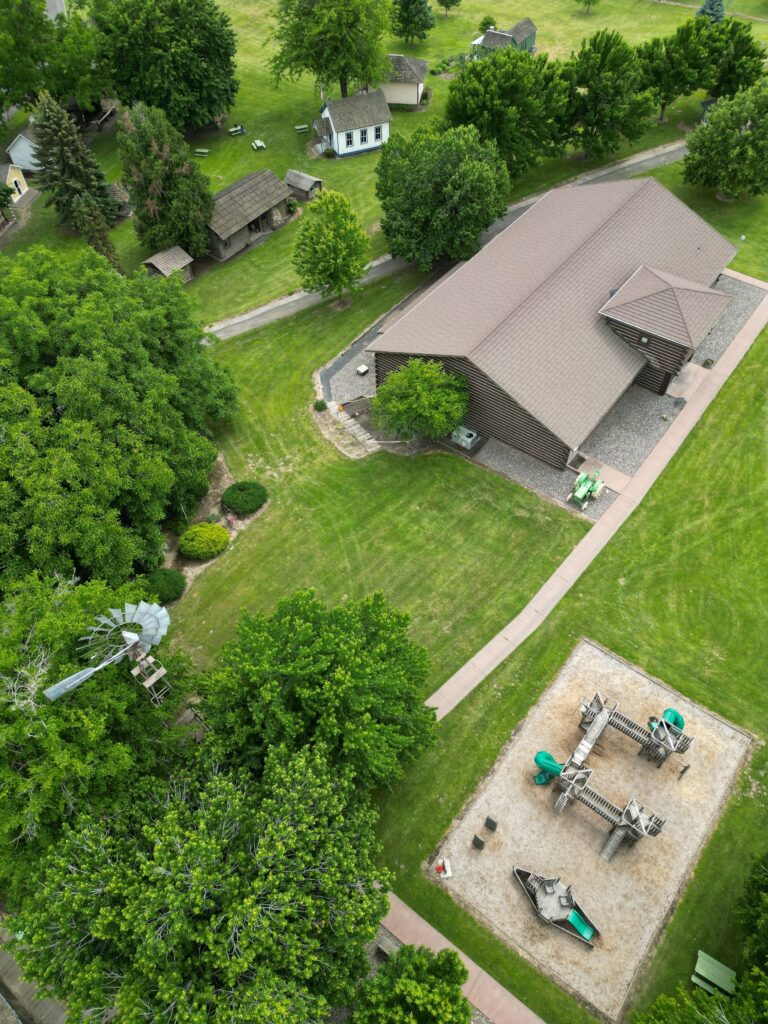
Located on the grounds of Walla Walla’s 19th century military fort at 755 NE Myra Road, the Museum operates 10 a.m.-5 p.m. daily March through October, and 10 a.m.-4 p.m. November through February. The museum is home to more than 50,000 artifacts so plan on seeing a massive array of bygone pieces, including some of the oldest or most extensive collections of their kind. Your camera is welcome, but flash photos aren’t allowed inside the exhibit halls.
And plan on wearing comfortable indoor/outdoor shoes! The campus sprawls across 15 acres of the original 640-acre military reservation. It has five exhibit halls and a 17-building pioneer village (more on that in the next installment).
Getting started
The Entrance Building opens to a territorial street scene. But before you begin exploring, veer to the right at the General Store to pay admission. You may want to swing back by on your way out for educational and handmade mementos.
Parked in this building is the Abbot-Downing Company stagecoach, which dates around 1903. This style of coach was primarily used to transport passengers, express mail and small freight along rough roads and hilly terrain. The museum’s wagon is said to have arrived in Walla Walla by 1913.
This building is also home to the museum’s rotating special exhibit, currently “Rhythm in the Blues: Music in the Walla Walla Valley.” In addition to featuring some period musical instruments, the exhibit explores the histories of musicians, teachers and critics born in Walla Walla or who later established it as their home. Among them is Edgar Fisher, founding member of the Walla Walla Symphony Club in 1907 and its conductor until his death in 1922. Now known as the Walla Walla Symphony, the symphony is the longest continuously operating symphony west of the Mississippi.
Also found in The Entrance Building are three permanent exhibits: Heritage Fashion Runway, a rotating display of period clothing; the Military and Indian People Gallery, which highlights the Buffalo Soldiers of the 9th Cavalry, as well as a Lewis & Clark diorama; and the Fort Walla Walla Gallery that looks back on dragoon, infantry, artillery and cavalry units from 1856 to 1910.
Outside and on the way to the next building, stop at the long-term display of the narrow-gauge locomotive named “Blue Mountain.” This is the oldest existing locomotive in Washington state.
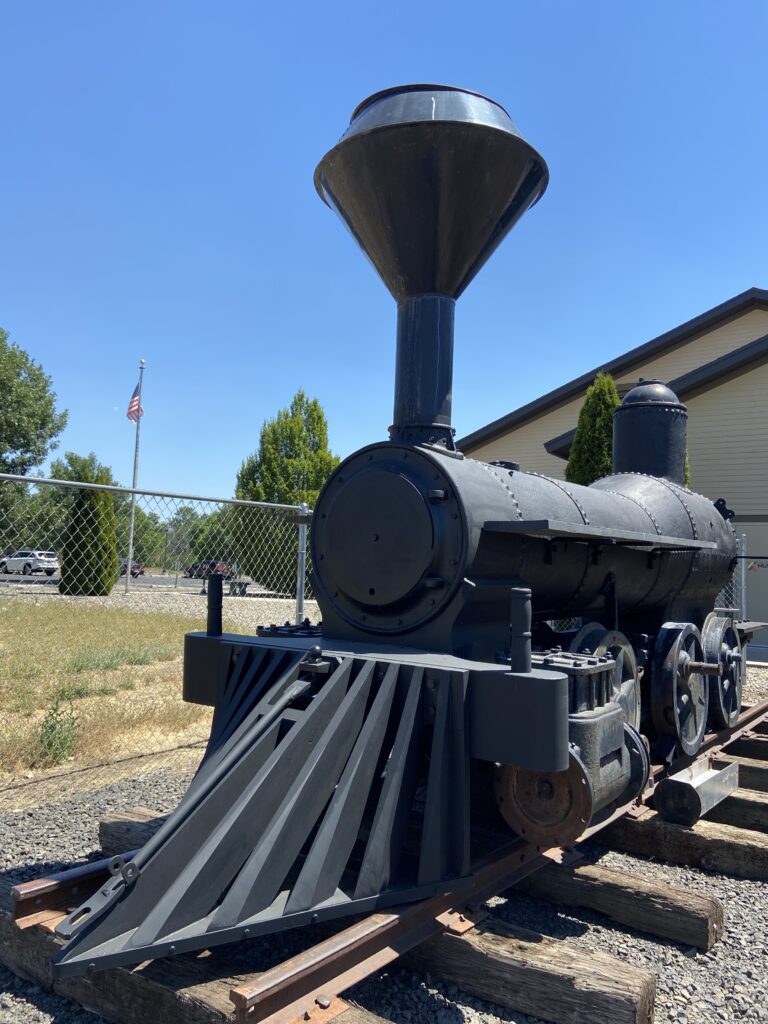

Exhibit Hall 2
The second building introduces one of the nation’s largest collections of horse-era agricultural equipment from a period spanning 1859-1930. It houses a pre-combine, stationary threshing outfit and an 1896 Russell steam engine, plus a cook house.
Exhibit Hall 3
Explore what is likely the museum’s most iconic exhibit — life-size replicas of a 33-mule team hitched to a modified 1919 Harris combine. Fun fact (and there are loads of those if you’re in the company of an employee or volunteer or get to go on a guided tour, such as the school tours): the horses were made by the same company that manufactured carousel horses at Disneyland.

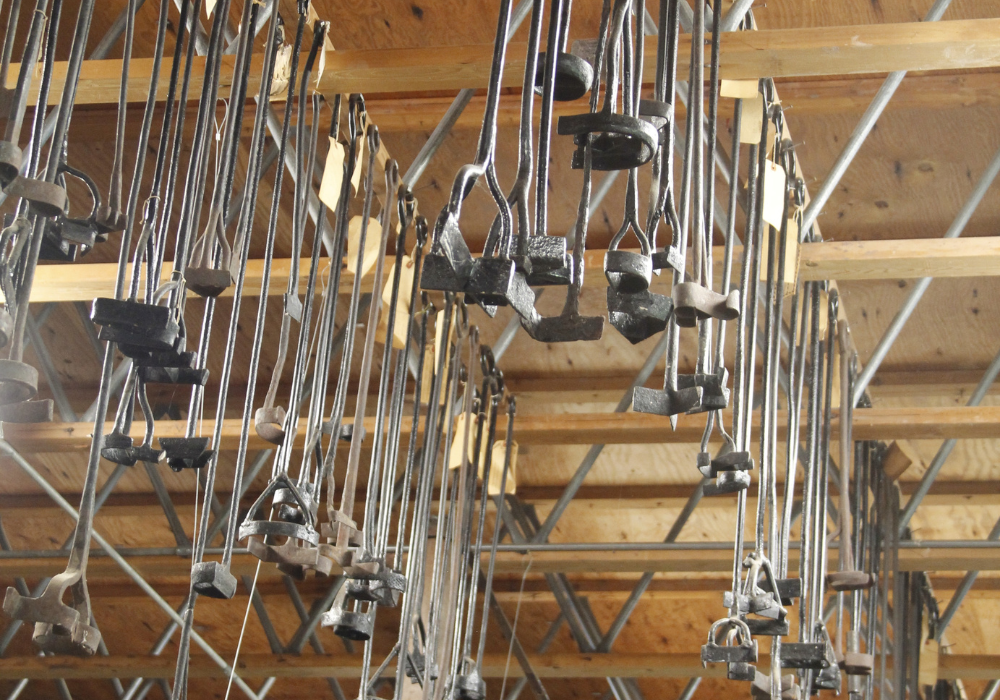
Exhibit Hall 4
Here the focus changes to transportation, focusing on the wagons and other vehicles once driven through the Valley’s towns and farms. A branding iron collection and other tools are showcased in this hall.
Exhibit Hall 5
Walk through doors that once were part of a 1908 Walla Walla fire station into the hall that includes a horse-drawn steam pumper and other firefighter equipment from the early 1900s. Then, lock yourself up in a replica 6-by-7-foot bucket cell, included as part of the exhibit on the Washington State Penitentiary.
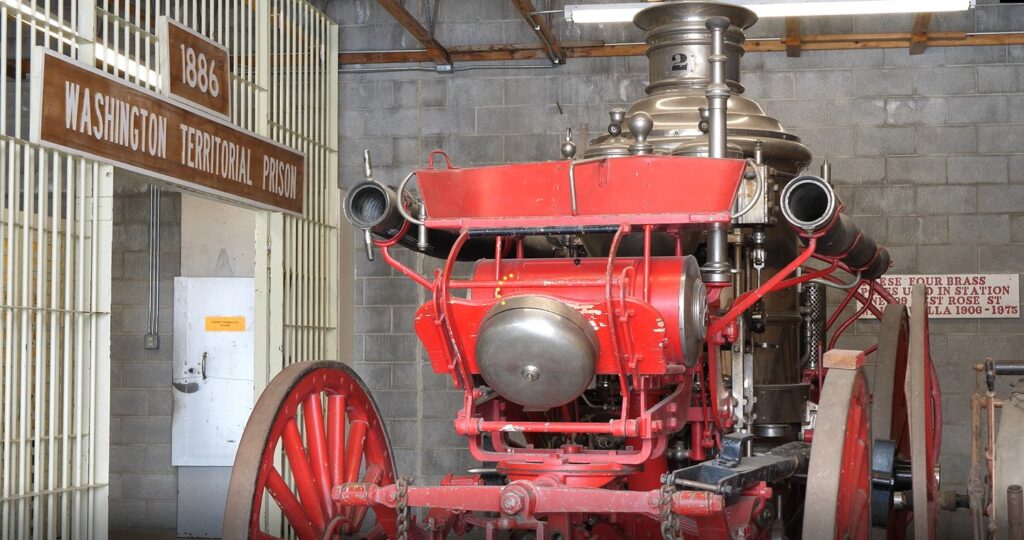
Up next: A tour of the grounds outside features, including it’s Pioneer Village.

